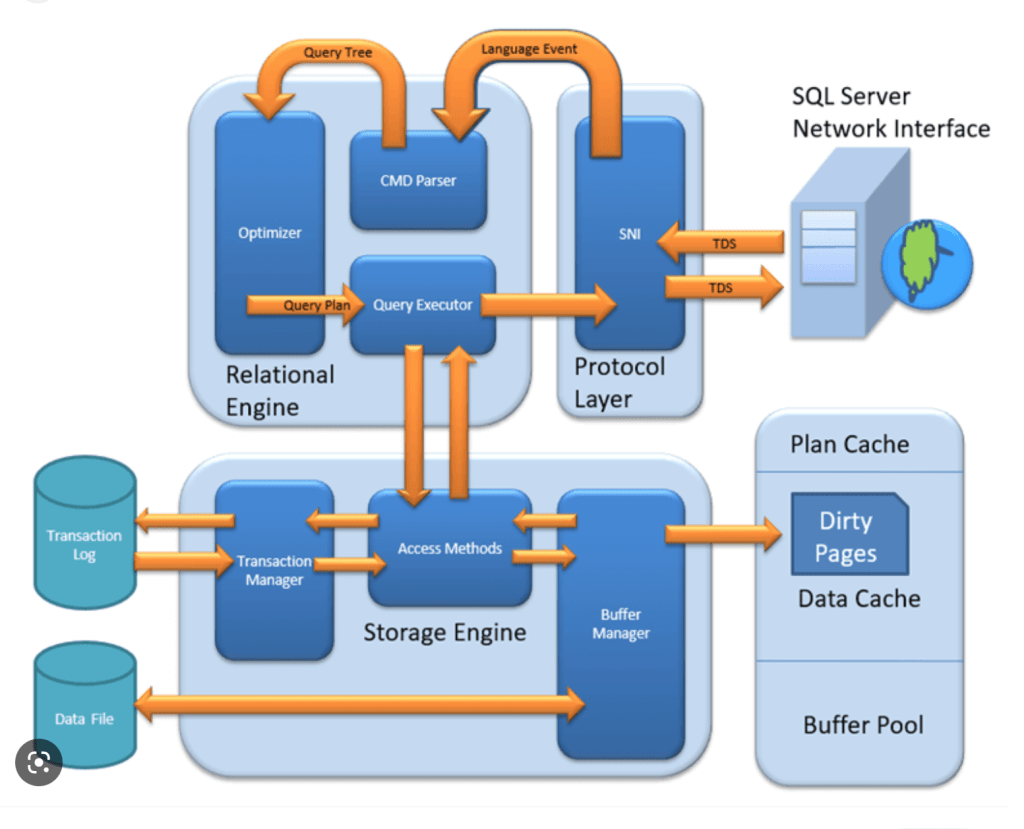Database management systems are software systems used to manage and manipulate data in a database. As most application performance issues originate in the database, knowing how to monitor and optimise your database is essential to your operations.
A DBMS serves as an interface between an end-user and a database, allowing users to create, read, update, and delete data in the database.
DBMS manage the data, the database engine, and the database schema, allowing for data to be manipulated or extracted by users and other programs. This helps provide data security, data integrity, concurrency, and uniform data administration procedures.
DBMS optimises the organisation of data by following a database schema-design technique called normalisation, which splits a large table into smaller tables when any of its attributes have redundancy in values. DBMS offer many benefits over traditional file systems, including flexibility and a more complex backup system.
Database management systems can be classified based on a variety of criteria such as the data model, the database distribution, or user numbers. The most widely used types of DBMS software are relational, distributed, hierarchical, object-oriented, and network.

Types of DBMS
Distributed database management system
A distributed DBMS is a set of logically interrelated databases distributed over a network that is managed by a centralized database application. This type of DBMS synchronises data periodically and ensures that any change to data is universally updated in the database.
Hierarchical database management system
Hierarchical databases organize model data in a tree-like structure. Data storage is either a top-down or bottom-up format and is represented using a parent-child relationship.
Network database management system
The network database model addresses the need for more complex relationships by allowing each child to have multiple parents. Entities are organized in a graph that can be accessed through several paths.
Relational database management system
Relational database management systems (RDBMS) are the most popular data model because of its user-friendly interface. It is based on normalizing data in the rows and columns of the tables. This is a viable option when you need a data storage system that is scalable, flexible, and able to manage lots of information.
Object-oriented database management system
Object-oriented models store data in objects instead of rows and columns. It is based on object-oriented programming (OOP) that allows objects to have members such as fields, properties, and methods.
Examples of DBMS
There is a wide range of database software solutions, including both enterprise and open-source solutions, available for database management.
Here are some of the most popular database management systems:
Oracle
Oracle Database is a commercial relational database management system. It utilises enterprise-scale database technology with a robust set of features right out of the box. It can be stored in the cloud or on-premises.
MySQL
MySQL is a relational database management system that is commonly used with open-source content management systems and large platforms like Facebook, Twitter, and YouTube.
SQL Server
Developed by Microsoft, SQL Server is a relational database management system built on top of the structured query language (SQL), a standardised programming language that allows database administrators to manage databases and query data.
Optimising database performance
For large organizations, databases contain mission-critical record items that have complex logical relationships with a myriad of other datasets that grow with the number of users. As a result, organisations need to actively monitor, tune, and improve their databases to ensure a high level of performance.
Several key factors influence database performance, including system resources, workload, throughput, contention, and optimisation. Without a database monitoring tool, it is difficult to accurately assess how each of these factors impacts database performance and has a longer-lasting impact on application as well as business performance.
SwiftERM is a Microsoft Partner Solution.



